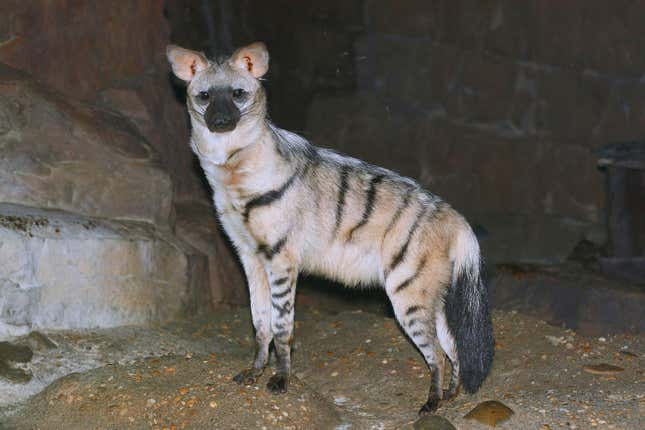
Evolution prioritizes adaptations that help organisms survive, but no one said that fitting your ecological niche was going to be particularly pretty.
A house sparrow is small and mottled brown to blend in with its typical woodland habitat. A ringtail looks like a cat mated with a squirrel and let a raccoon raise the babies, for adaptive reasons we can only guess at.
This is the wacky world of natural selection, and today we present 12 species that look quite bizarre—but whose unique design has allowed them to persist.
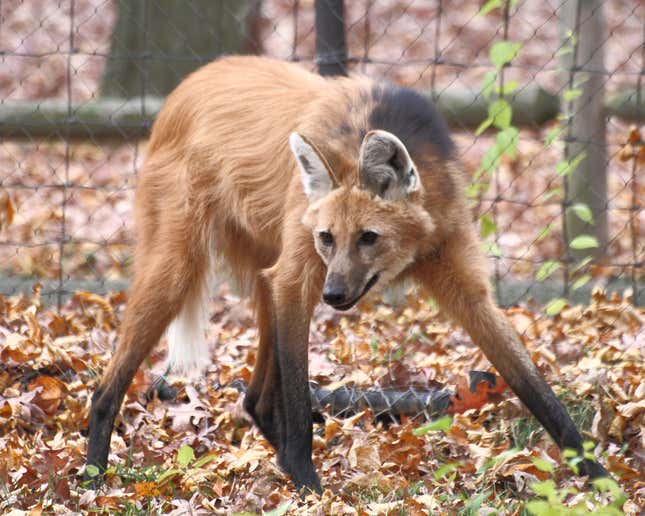
With legs like these, the maned wolf is a bamboozling spectacle. An omnivorous canine native to South America, the maned wolf’s spindly legs help it navigate the tall grasses in its environment.
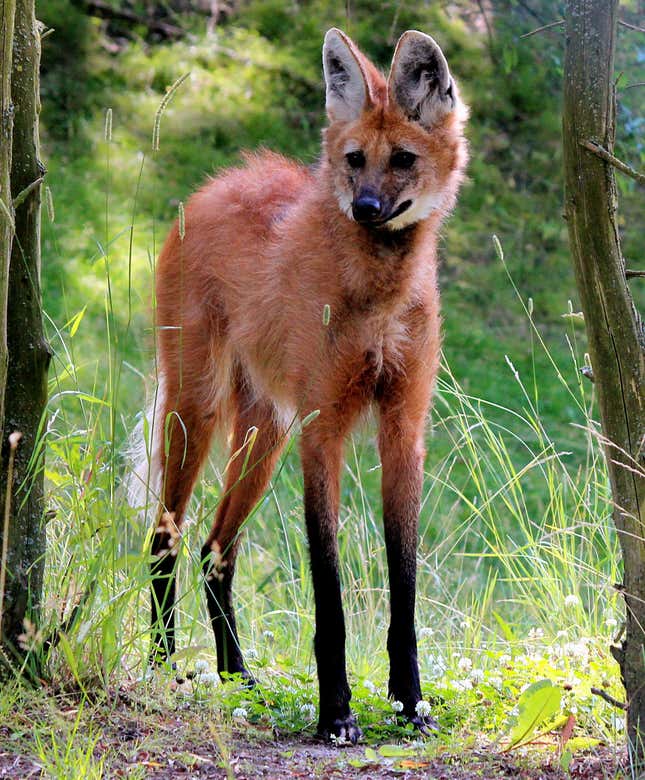
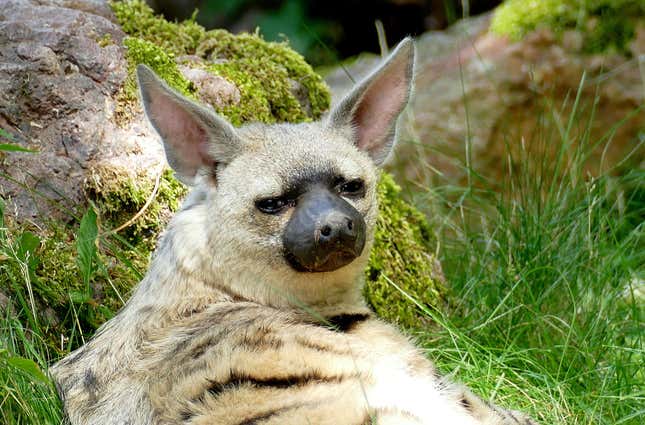
Yeah, the aardwolf. Looks like your family’s chihuahua developed a taste for punk rock. An insectivorous mammal native to East Africa, its intriguing look is completed by a ruffle of neck hair, which stands up during confrontations.

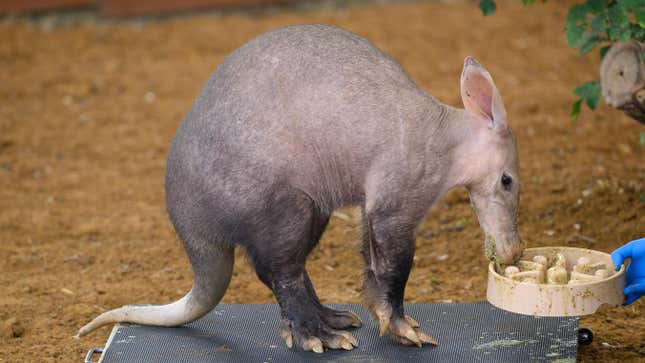
An aardvark getting weighed.Photo: Leon Neal (Getty Images)
The aardvark (Afrikaans for “earth pig”) looks like a cross between an anteater and a pig. The African mammal is actually more closely related to elephants and dugongs.

An adult anteater and its infant.Photo: Justin Sullivan (Getty Images)
Anteaters walk on their knuckles to protect their sharp claws and use their iconic long snouts to pilfer termite mounds and other insect residences with their 2-foot-long tongues.
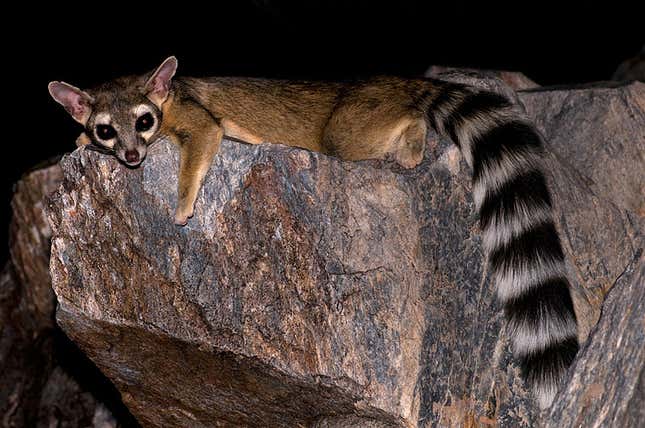
This member of the raccoon family looks like a squirrel and a cat produced slightly evil offspring. Native to the American Southwest, ringtails are nocturnal carnivores that hunt birds, mice, toads, and snakes.
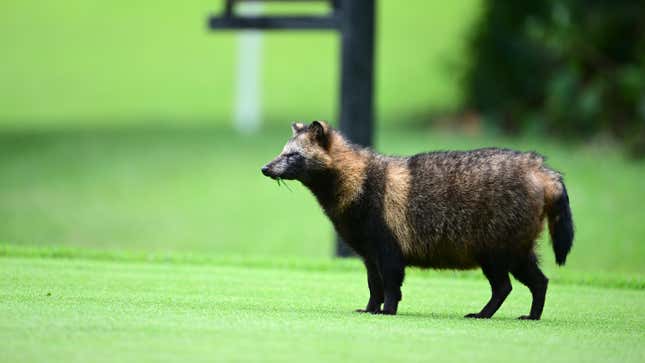
A raccoon dog.Photo: Atsushi Tomura (Getty Images)
A hot topic recently because of their potential involvement in the initial spread of covid-19, the raccoon dog is a stocky critter native to East Asia. Its facial markings are reminiscent of raccoons, though the animals are members of the canid, or dog, family.
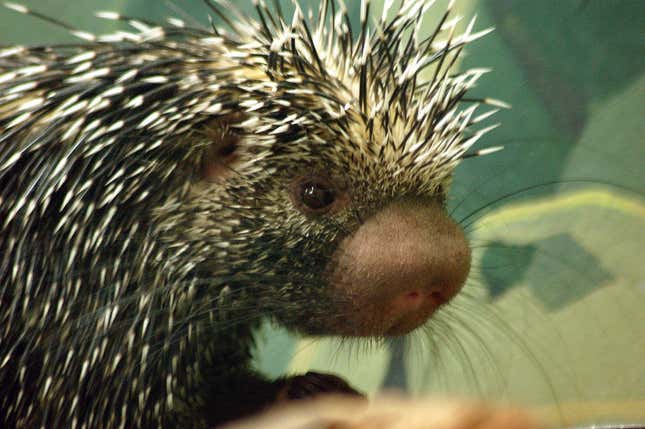
This snub-nosed beauty has an odd-looking face and an equally peculiar tail. While most of its body is covered in short spines, the prehensile-tailed porcupine’s tail is basically nude, to allow the animal to better grip tree branches.
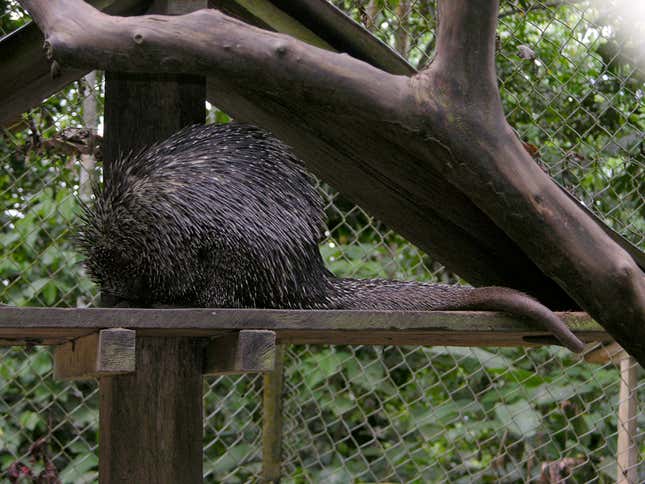
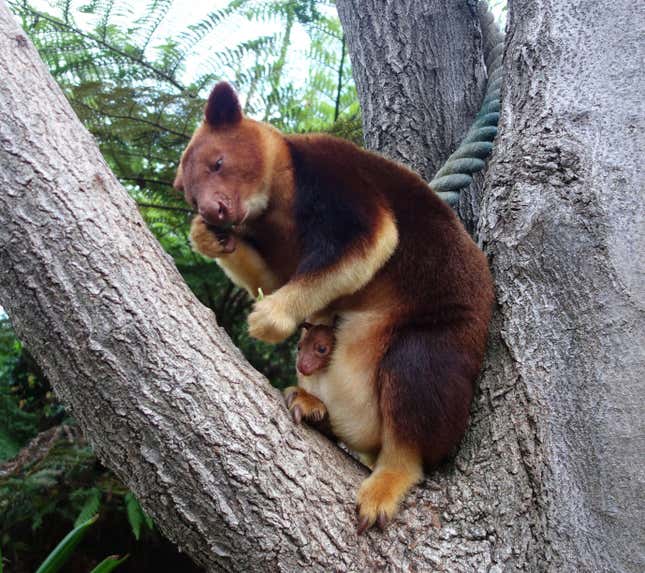
A tree kangaroo and her joey.Photo: Taronga Zoo (Getty Images)
Kangaroos aren’t the type of animal you expect to see high in a tree. Yet there it is: an arboreal marsupial with the shape of a ‘roo and the coloration of a red panda. Love it.
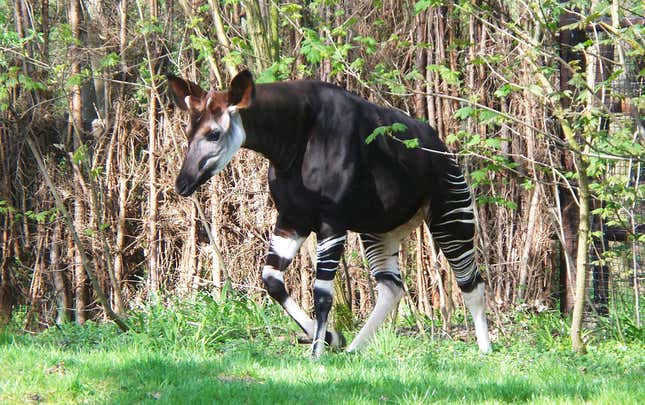
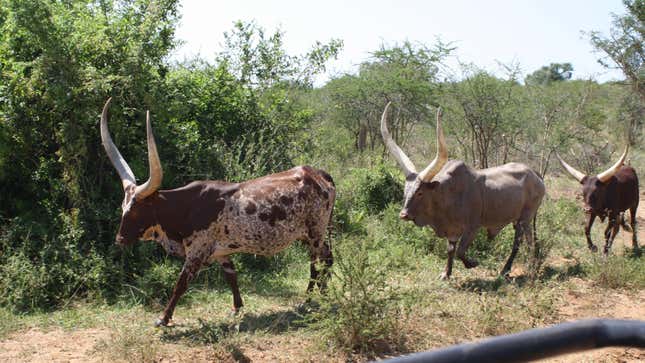
Ankole-Watusi cattle have stupendously long horns—they can grow up to 6 feet. They look photoshopped, but are not. So they’re on this list.

With legs that look more similar to a kangaroo’s (or even a bird’s) than a typical rodent’s, the long-eared, long-tailed jerboa is a sight to behold. The critters can jump 10 feet in one bound, according to Britannica.
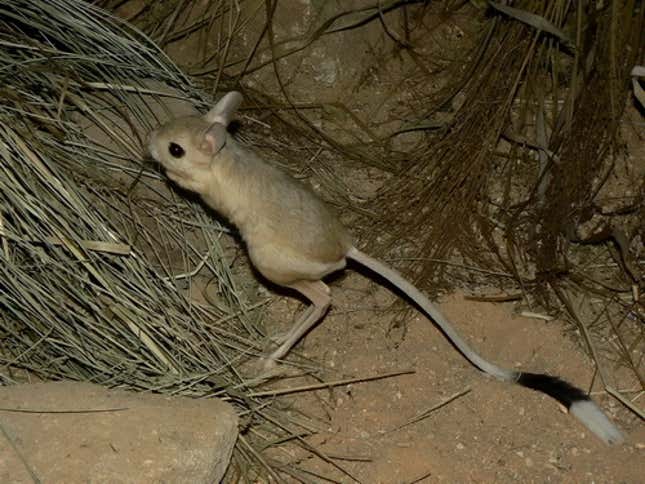
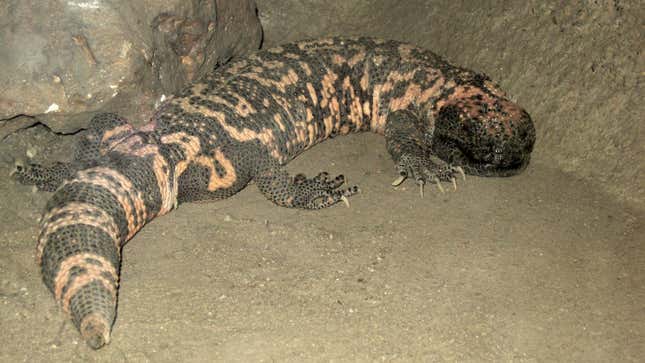
The venomous gila monster is a thick lizard native to Arizona, California, and Mexico. The lizards can grow nearly 2 feet long, and they store fat in their bodies and tail, giving them an oddly bulky build.


















 English (United States) ·
English (United States) ·